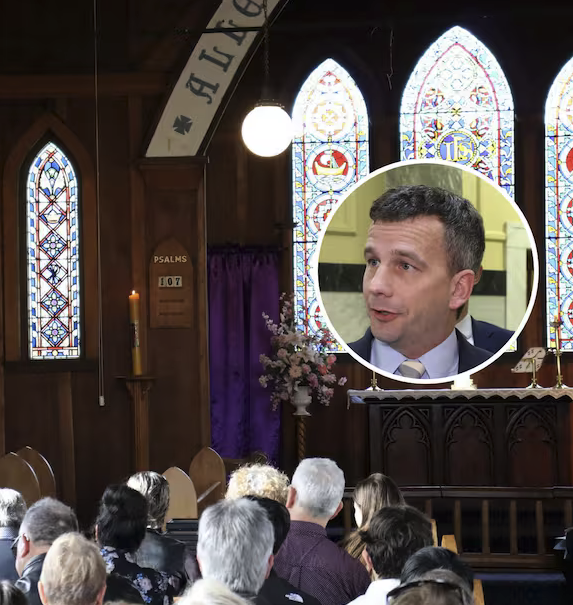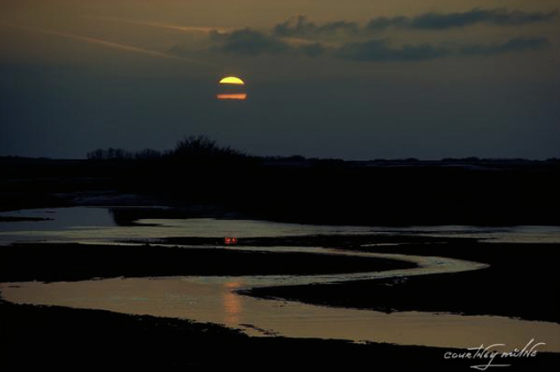Curling and Community
Heroes and heroines are always those can see beyond the ordinary and obvious to imagine a solution where community is built and strengthened, and then work to bring about such a win.

Some years ago Stephanie and I cycled the Otago Rail Trail, a four-day excursion with eye-stretching views of mountains and plains. It was lots of fun, apart from the wind.
En route we made a stop at Naseby. An old gold mining town, with beautiful trees and well-preserved buildings. Mountain bikers like the neighbourhood. Naseby is also one of New Zealand's principal curling venues, with its own indoor rink. For many years it was the Southern Hemisphere’s only dedicated indoor curling rink.
Curling is a winter sport that involves pushing heavy granite ‘stones’ down a long sheet of ice toward a target, and sweeping the path in front of the stone as it travels. It’s kind of like lawn bowls on ice. And kind of not.
And while it is hugely popular in Canada, curling does have some historical ties to New Zealand. Miners from Scotland brought an outdoor version of the game with them to the country during the gold rush of the 19th century.
So Stephanie and I stopped, went into the rink, and had an introductory curling lesson with another couple who’d also just walked in the door. I can’t remember too much about it all now, save the sweeping and the weight of the stones (20 kg each).
I do though remember our introductory game for the simple reason that the other couple included one of those males who always need to win. And always needing to win is hard when nobody knows what they are doing. And humorous when you’re not that person, or his wife. I did feel sorry for his wife.
Recently I heard a great story about curling. The four-person New Zealand curling team, very aware that this is not our national sport, decided to go, self-funded, to where it comes close to being the national sport, namely Calgary in Canada.
The plan was they would spend some months there sharpening their game before they leave in March for the world championships in Schaffhausen, Switzerland. They would work part-time by day, and be found at most other times at the Calgary Curling Club. They had T-shirts made with the logo “A Bunch of Kiwis Trying to Fly.”
But on arrival they were faced with a significant problem. There was little in the way of accommodation, and what there was cost too much. Salvation though arrived, via word-of-mouth, from an unlikely source, a rest-home. Namely the Chartwell Colonel Belcher Retirement Residence. They had two vacant apartments and would ‘the boys’ be interested in moving it. That is moving in to a community where the average age is 84.
Well, to cut a long story short, they moved in and gained an instant fan club. And not just fans, but advisors and encouragers and cupcake-makers. The team (all in their early 20s) have gained a community of surrogate grandparents and well-intentioned back-seat curlers. Some of whom of course know what they’re talking about.
A few weeks ago there was a curling tournament in Okotoks, about 25 miles south of Calgary, that the kiwis went to compete in. Fourteen residents, armed with picnic lunches and homemade signs, had made the trip via charter bus to cheer them on in a loss to a team led by one of the top curlers in Canada.
As the manager of the rest-home has pointed out ‘the boys’ have brought a lot of joy and life to the retirement community. It has been a win-win arrangement.
I like stories where solutions are found that bring life and joy to all involved. Where across differences (in this case age) community is built and support given. Where a group with a need has not only found that need met, but given much in return, and then received much back again.
My heroes and heroines are always those can see beyond the ordinary and obvious to imagine a solution where community is built and strengthened, and then work to bring about such a win.
Glynn
(photo: Guardian)





